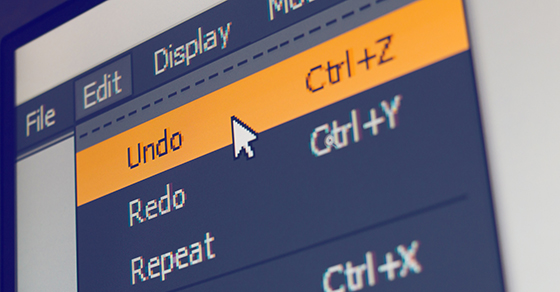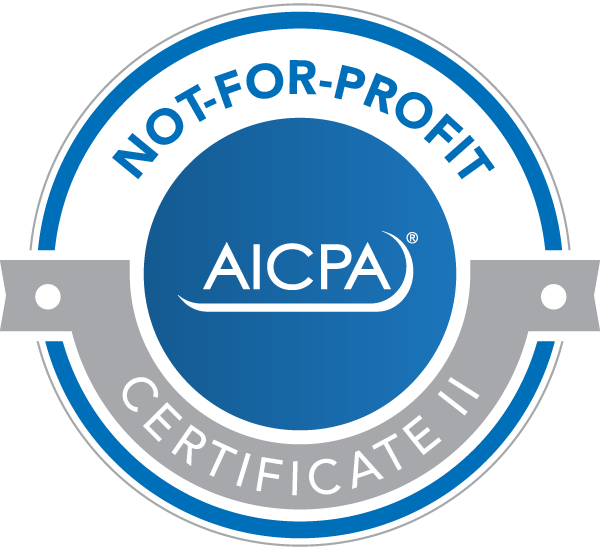Converting a traditional IRA to a Roth IRA can provide tax-free growth and tax-free withdrawals in retirement. But what if you convert your traditional IRA — subject to income taxes on all earnings and deductible contributions — and then discover you would have been better off if you hadn’t converted it?
Before the Tax Cuts and Jobs Act (TCJA), you could undo a Roth IRA conversion using a “recharacterization.” Effective with 2018 conversions, the TCJA prohibits recharacterizations — permanently. But if you executed a conversion in 2017, you may still be able to undo it.

Reasons to recharacterize
Generally, if you converted to a Roth IRA in 2017, you have until October 15, 2018, to undo it and avoid the tax hit.
Here are some reasons you might want to recharacterize a 2017 Roth IRA conversion:
- The conversion combined with your other income pushed you into a higher tax bracket in 2017.
- Your marginal income tax rate will be lower in 2018 than it was in 2017.
- The value of your account has declined since the conversion, so you owe taxes partially on money you no longer have.
If you recharacterize your 2017 conversion but would still like to convert your traditional IRA to a Roth IRA, you must wait until the 31st day after the recharacterization. If you undo a conversion because your IRA’s value declined, there’s a risk that your investments will bounce back during the waiting period, causing you to reconvert at a higher tax cost.
Recharacterization in action
Sally had a traditional IRA with a balance of $100,000 when she converted it to a Roth IRA in 2017. Her 2017 tax rate was 33%, so she owed $33,000 in federal income taxes on the conversion.
However, by August 1, 2018, the value of her account had dropped to $80,000. So Sally recharacterizes the account as a traditional IRA and amends her 2017 tax return to exclude the $100,000 in income.
On September 1, she reconverts the traditional IRA, whose value remains at $80,000, to a Roth IRA. She will report that amount when she files her 2018 tax return. The 33% rate has dropped to 32% under the TCJA. Assuming Sally is still in this bracket, this time she’ll owe $25,600 ($80,000 × 32%) — deferred for a year and resulting in a tax savings of $7,400.
(Be aware that the thresholds for the various brackets have changed for 2018, in some cases increasing but in others decreasing. This, combined with other TCJA provisions and changes in your income, could cause you to be in a higher or lower bracket in 2018.)
Know your options
If you converted a traditional IRA to a Roth IRA in 2017, it’s worthwhile to see if you could save tax by undoing the conversion. If you’re considering a Roth conversion in 2018, keep in mind that you won’t have the option to recharacterize. We can help you assess whether recharacterizing a 2017 conversion or executing a 2018 conversion makes sense for you.
- Evaluate whether a Health Savings Account is beneficial to you - September 19, 2023
- Investment swings: What’s the tax impact? - September 12, 2023
- Plan now for year-end gifts with the gift tax annual exclusion - September 5, 2023
- Selling your home for a big profit? Here are the tax rules - August 29, 2023
- The tax consequences of employer-provided life insurance - August 22, 2023









